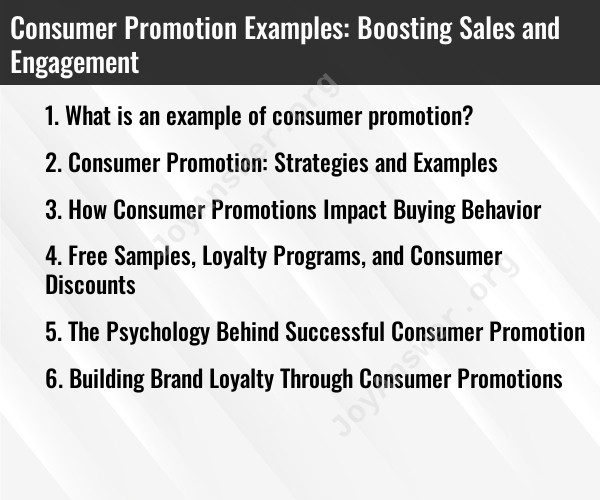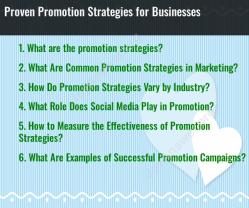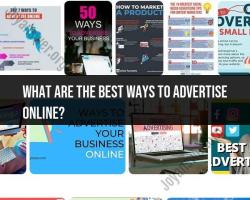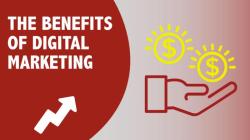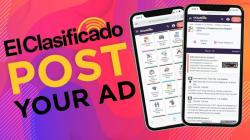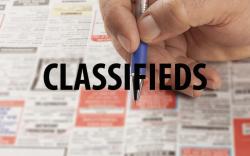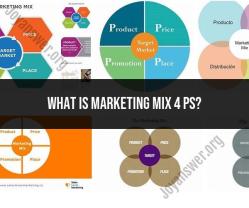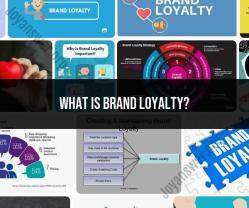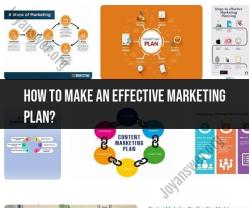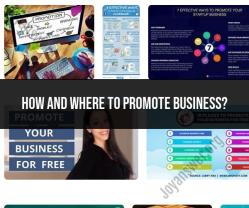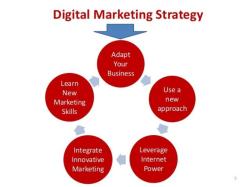What is an example of consumer promotion?
Consumer promotions are marketing strategies aimed at encouraging consumers to purchase a product or service. They often involve discounts, incentives, or other special offers. Here are some examples of consumer promotions:
Discounts: Offering a price reduction is a common consumer promotion. For instance, a retail store might have a "20% off all items" sale for a limited time. This could be a back-to-school sale or a holiday promotion.
Buy One, Get One (BOGO): Buy One, Get One promotions, such as "Buy One, Get One Free" or "Buy One, Get One 50% Off," encourage customers to purchase more products. For instance, a cosmetics brand might offer "Buy One Lipstick, Get One Lip Liner 50% Off."
Coupon Codes: Providing coupon codes or printable coupons is a popular way to offer discounts. Customers can use these codes during online checkout or present printed coupons in-store.
Loyalty Programs: Loyalty programs reward customers for repeat purchases. For example, a coffee shop may offer a free coffee for every ten purchased.
Cashback Offers: Cashback promotions return a percentage of the purchase price to the customer. Credit card companies often use this approach, where customers get a certain percentage of their spending as cashback.
Rebates: Rebates involve customers receiving a portion of their purchase price back after submitting proof of purchase. For instance, an electronics manufacturer might offer a rebate for a specific product if you mail in a form with the receipt.
Limited-Time Offers: Creating a sense of urgency can boost sales. Limited-time offers, such as "24-Hour Flash Sale" or "Deal of the Day," encourage customers to make quick purchasing decisions.
Contests and Sweepstakes: Running a contest or sweepstakes with the purchase of a product can increase engagement and sales. Customers enter for a chance to win prizes.
Free Samples: Providing free samples allows customers to try a product before committing to a purchase. This is common in industries like cosmetics, skincare, and food.
Bundle Deals: Bundle promotions combine multiple products or services at a discounted price. For example, a video streaming service might offer a bundle that includes access to several premium channels at a reduced cost compared to buying them separately.
Cross-Promotions: Companies collaborate to offer promotions. For instance, a fast-food chain might partner with a movie theater, and customers receive a discount on a movie ticket when they buy a meal.
Trade-In Programs: Some companies offer trade-in programs where customers can exchange their old products for a discount on a new purchase. This is common in the electronics industry.
Referral Programs: Encouraging customers to refer friends or family can be a powerful promotion. Companies often reward the referrer and the new customer with discounts or other incentives.
These are just a few examples of consumer promotions. The choice of promotion depends on the industry, target audience, and marketing goals. Effective consumer promotions can boost sales, engage customers, and help build brand loyalty.
Consumer Promotion: Strategies and Examples
Consumer promotion is any marketing activity that is designed to stimulate consumer demand and increase sales. It can be used to launch a new product, increase brand awareness, or boost sales of a declining product.
There are a variety of consumer promotion strategies, including:
- Price promotions: This includes discounts, coupons, and rebates. Price promotions are one of the most effective ways to attract consumers and increase sales.
- Non-price promotions: This includes free samples, contests, and giveaways. Non-price promotions can be used to generate excitement and interest in a product or brand.
- Loyalty programs: This includes programs that reward customers for repeat business. Loyalty programs can help to build brand loyalty and encourage repeat purchases.
Examples of consumer promotions include:
- Buy one, get one free (BOGO): This is a popular price promotion that offers consumers a discount on the purchase of two or more items.
- Coupons: Coupons are paper or electronic certificates that offer consumers a discount on a specific product or service.
- Rebates: Rebates are refunds that consumers can receive after they purchase a product.
- Free samples: Free samples are small amounts of a product that are given to consumers for free. Free samples can be used to introduce consumers to a new product or to encourage them to try a product that they have not tried before.
- Contests and giveaways: Contests and giveaways offer consumers the chance to win prizes, such as gift cards, products, or cash. Contests and giveaways can be used to generate excitement and interest in a product or brand.
- Loyalty programs: Loyalty programs reward customers for repeat business. For example, a loyalty program might offer customers points for every dollar they spend. These points can then be redeemed for rewards, such as discounts, free products, or early access to new products.
How Consumer Promotions Impact Buying Behavior
Consumer promotions can impact buying behavior in a number of ways. For example, price promotions can lead consumers to purchase more items or to purchase items that they would not otherwise purchase. Non-price promotions can generate excitement and interest in a product or brand, which can lead to increased sales. Loyalty programs can encourage repeat purchases and build brand loyalty.
Free Samples, Loyalty Programs, and Consumer Discounts
Free samples are an effective way to introduce consumers to a new product or to encourage them to try a product that they have not tried before. When consumers receive a free sample of a product, they are more likely to try the product and to purchase it if they like it.
Loyalty programs can encourage repeat purchases and build brand loyalty. When consumers are rewarded for their repeat business, they are more likely to continue purchasing products or services from the brand.
Consumer discounts can lead consumers to purchase more items or to purchase items that they would not otherwise purchase. Discounts can also make products more affordable for consumers, which can lead to increased sales.
The Psychology Behind Successful Consumer Promotion
Successful consumer promotions are based on understanding consumer psychology. Consumers are more likely to respond to promotions that offer them a good value, that are easy to understand and redeem, and that are relevant to their needs and interests.
Building Brand Loyalty Through Consumer Promotions
Consumer promotions can be used to build brand loyalty by rewarding customers for their business and by creating positive associations with the brand. When consumers have positive experiences with a brand's promotions, they are more likely to become loyal customers.
Here are some tips for building brand loyalty through consumer promotions:
- Make sure your promotions are relevant to your target audience.
- Offer promotions that provide value to your customers.
- Make it easy for customers to understand and redeem your promotions.
- Be consistent with your promotions.
- Personalize your promotions whenever possible.
By following these tips, you can use consumer promotions to build brand loyalty and increase sales.
